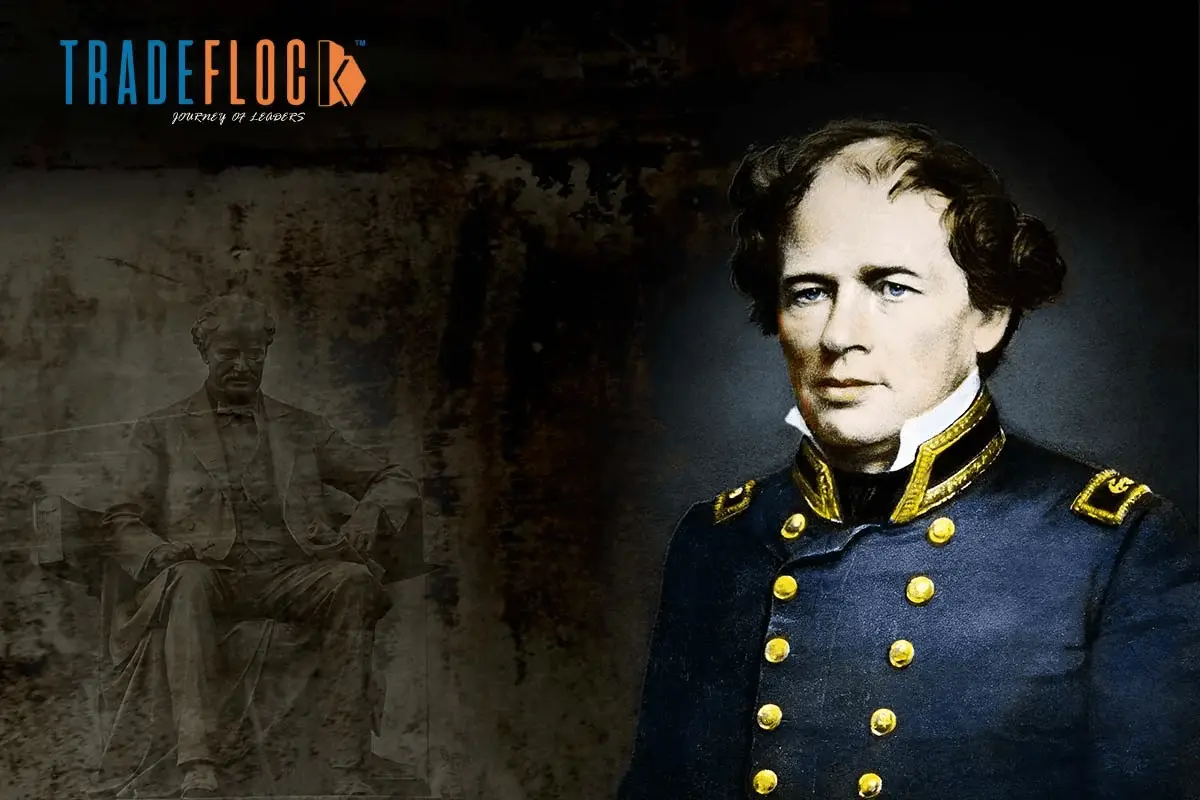On August 23, 1853, a crucial event in the history of meteorology took place: the establishment of the first International Meteorology Conference in Brussels, Belgium. With its global reach, this conference laid the groundwork for what would eventually become the International Meteorological Organisation (IMO) and, later, the World Meteorological Organisation (WMO), significantly impacting international trade and maritime navigation.
Table of Contents
The Background and Origins
The mid-19th century was a period of rapid scientific advancement and increasing international trade. The need for accurate weather forecasting became evident, particularly for maritime navigation. Ships relied heavily on weather conditions, and unreliable forecasts often led to disastrous consequences. Recognising this need, Matthew Fontaine Maury of the US Navy, often called the “Father of Modern Oceanography and Naval Meteorology,” initiated the first true International Meteorological Conference.
The conference opened on August 23, 1853, at the residence of M. Piercot, the Minister of the Interior, in Brussels. It brought together representatives from various countries, including Belgium, Denmark, France, the Netherlands, Norway, Portugal, Russia, Sweden, the United Kingdom, and the United States. The primary and crucial goal of this conference was to establish a system for the international exchange of meteorological data, a goal that would significantly enhance the accuracy and reliability of weather forecasts and have a lasting impact on international trade and maritime navigation.
The Barriers to the Establishment
The establishment of the International Weather Organisation was not without its challenges. One of the primary obstacles was the lack of standardised methods for collecting and reporting meteorological data. Different countries used varying instruments and scales, making it difficult to compare and compile data accurately.
Another significant challenge was coordinating an international effort’s political and logistical complexities. The mid-19th century was a time of significant geopolitical tensions, and fostering cooperation among nations required delicate diplomacy and negotiation. Additionally, the technological limitations of the time, such as the reliance on Morse code and telegrams for communication, posed further hurdles.
The Key Figures of the Establishment
Several key figures played instrumental roles in establishing the International Weather Organisation. Matthew Fontaine Maury, as mentioned earlier, was a driving force behind the initiative. His vision and persistence were crucial in bringing together representatives from different nations.
Adolphe Quetelet, the director of the Royal Observatory of Belgium, was another significant figure. He, along with Victor Lahure, a navy captain and general director of the Navy, represented Belgium at the conference. Other notable attendees included P. Rothe from Denmark and representatives from various European countries who were leading meteorologists and scientists of their time.
The Socio-Economic Impact
The establishment of the International Weather Organisation had far-reaching socio-economic impacts. One of the most immediate benefits was the improvement in maritime safety. With more accurate weather forecasts, ships could navigate more safely, reducing the risk of accidents and loss of life. This, in turn, facilitated international trade and commerce, contributing to economic growth.
The standardised collection and exchange of meteorological data also had significant agricultural implications. Farmers could better plan their activities based on reliable weather forecasts, leading to improved crop yields and food security. This was particularly important in an era when agriculture was a primary economic activity for many countries.
Establishing the International Weather Organisation laid the foundation for modern meteorology in the long term. The data collected and shared by member countries contributed to a better understanding of weather patterns and climate systems. This knowledge has been crucial in addressing contemporary challenges such as climate change and natural disasters.
The socio-economic benefits of improved weather forecasting are substantial. According to the World Bank, enhanced weather, climate, and water observation and forecasting could lead to up to $30 billion per year in increases in global productivity and reduce asset losses related to disasters by up to $2 billion per year. Sectors such as agriculture, energy, transport, and construction, which are highly weather-sensitive, stand to benefit significantly from advancements in meteorological science.
The establishment of the International Weather Organisation on August 23, 1853, marked a significant milestone in the history of meteorology. Despite the challenges faced, the vision and determination of key figures like Matthew Fontaine Maury and Adolphe Quetelet led to the creation of a system for the international exchange of meteorological data. The socio-economic impacts of this development have been profound, enhancing maritime safety, agricultural productivity, and our understanding of weather and climate systems. As we continue to face new challenges in the 21st century, the legacy of the International Weather Organisation remains a testament to the power of international cooperation and scientific collaboration.






